
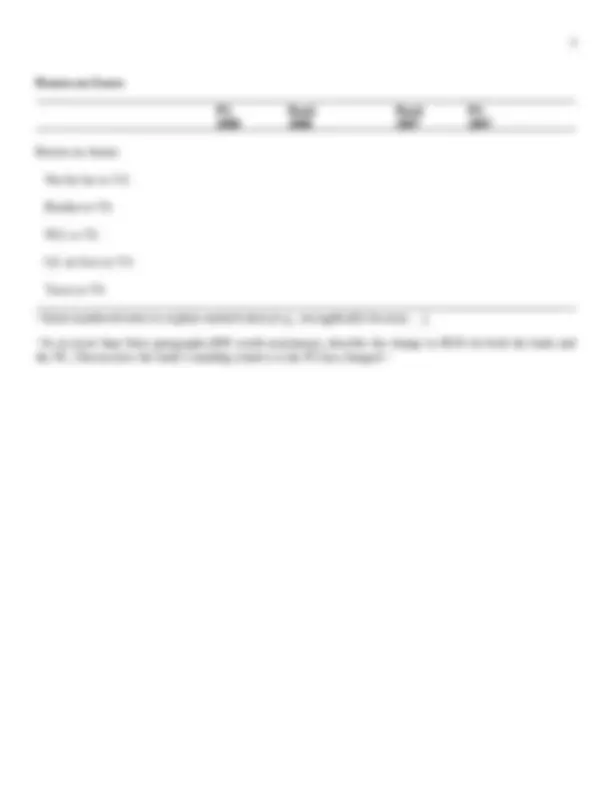
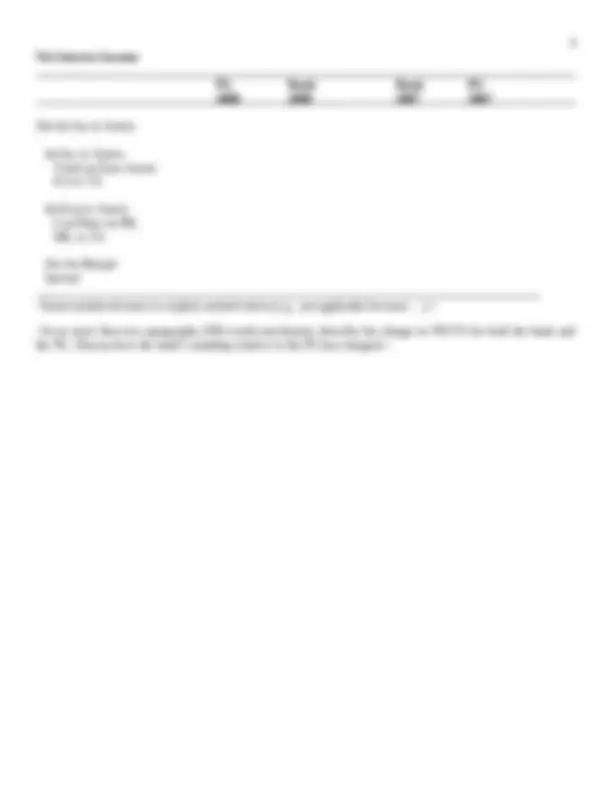
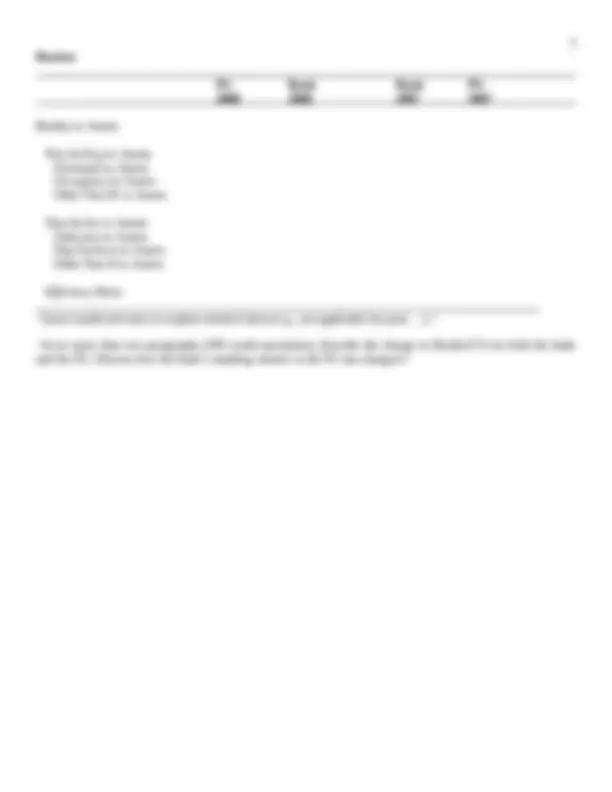
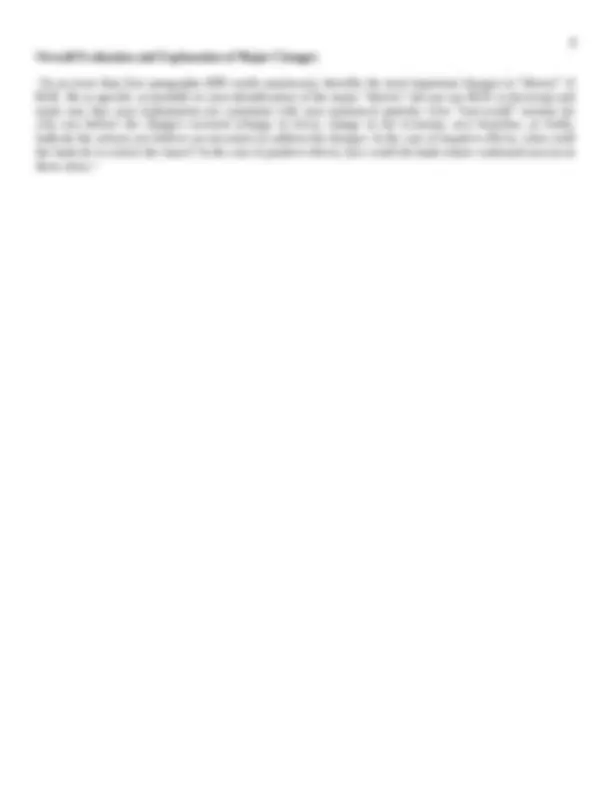
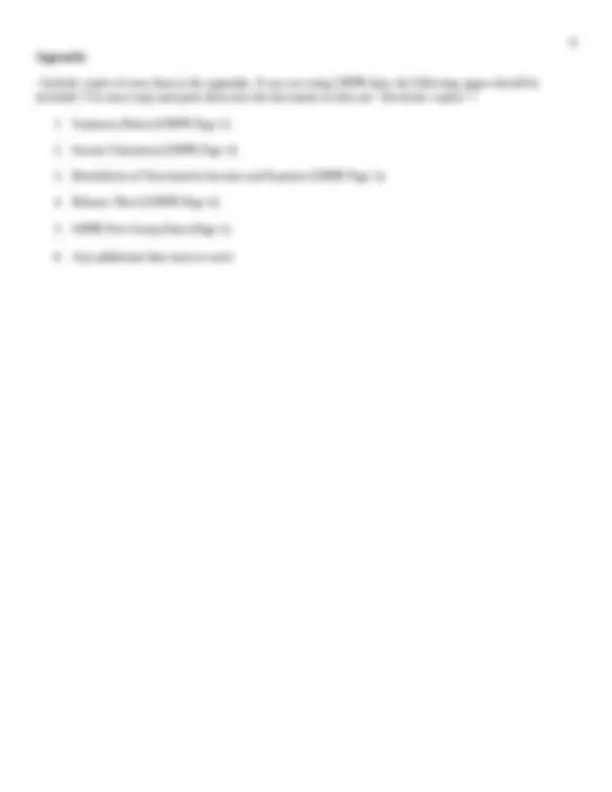


Study with the several resources on Docsity

Earn points by helping other students or get them with a premium plan


Prepare for your exams
Study with the several resources on Docsity

Earn points to download
Earn points by helping other students or get them with a premium plan
Community
Ask the community for help and clear up your study doubts
Discover the best universities in your country according to Docsity users
Free resources
Download our free guides on studying techniques, anxiety management strategies, and thesis advice from Docsity tutors
Material Type: Project; Professor: Best; Class: Bank Management; Subject: Finance; University: University of West Georgia; Term: Summer 2009;
Typology: Study Guides, Projects, Research
1 / 9

This page cannot be seen from the preview
Don't miss anything!






University of West Georgia Bank Management – FINC 4561 Summer 2009
Return on Equity: Overall Analysis PG Bank Bank PG 2008 2008 2007 2007 Return on Equity Equity Multiplier Return on Assets <In no more than two paragraphs (400 words maximum), describe the change in ROE for both the bank and the PG. Discuss how the bank’s standing relative to the PG has changed.>
Net Interest Income PG Bank Bank PG 2008 2008 2007 2007 Net Int Inc to Assets Int Inc to Assets Yield on Earn Assets EA to TA Int Exp to Assets Cost Rate on IBL IBL to TA Net Int Margin Spread <Insert numbered notes to explain omitted ratios (e.g., not applicable because …).> <In no more than two paragraphs (500 words maximum), describe the change in NII/TA for both the bank and the PG. Discuss how the bank’s standing relative to the PG has changed.>
Burden PG Bank Bank PG 2008 2008 2007 2007 Burden to Assets Non Int Exp to Assets Personnel to Assets Occupancy to Assets Other Non IE to Assets Non Int Inc to Assets Fiduciary to Assets Dep Services to Assets Other Non II to Assets Efficiency Ratio <Insert numbered notes to explain omitted ratios (e.g., not applicable because …).> <In no more than two paragraphs (500 words maximum), describe the change in Burden/TA for both the bank and the PG. Discuss how the bank’s standing relative to the PG has changed.>
Balance Sheet Composition Analysis Percentage of Assets based on year-end values 2008 2007 Real Estate Loans Commercial Loans Individual Loans Agricultural Loans Loan & Lease Allowances Net Loans & Leases US Treasuries Municipals Other Securities Fed Funds Sold Total Investments Demand Deposits NOW & ATS Accounts MMDAs Other Savings Time Dep Under $100, Time Dep Over $100, Total Deposits Fed Funds Purchased FHLB (total) Total Liabilities All Common & Preferred Equity <Insert numbered notes to explain omitted ratios (e.g., not applicable because …).> <In no more than two paragraphs (400 words maximum), describe changes in balance sheet composition and your beliefs regarding their impact on performance.>
Overall Evaluation and Explanation of Major Changes <In no more than four paragraphs (800 words maximum), describe the most important changes in “drivers” of ROE. Be as specific as possible in your identification of the major “drivers” (do not say ROA is down/up) and make sure that your explanations are consistent with your numerical analysis. Give “real-world” reasons for why you believe the changes occurred (change in focus, change in the economy, new branches, so forth). Indicate the actions you believe are necessary to address the changes. In the case of negative effects, what could the bank do to correct the issues? In the case of positive effects, how could the bank ensure continued success in these areas.>